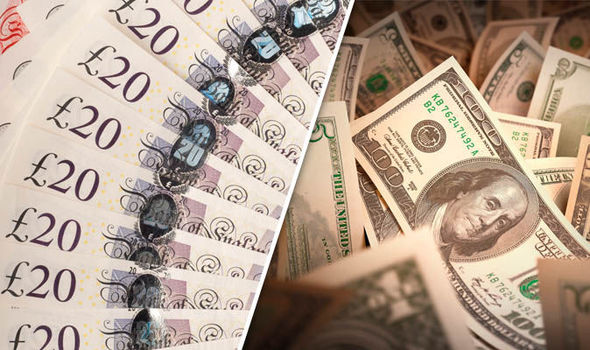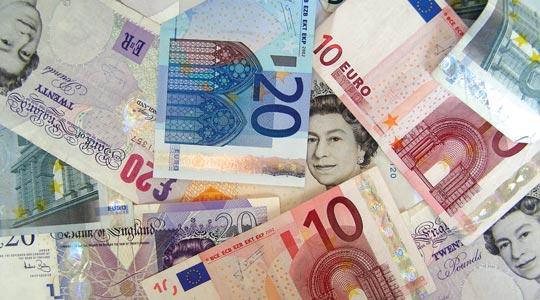Despite the lack of immediate domestic data, the Pound Sterling rose against the rest of the world’s heavily traded currency in the wake of Phillip Hammond; Chancellor of the Exchequer’s spring statement. The spring statement suggested that the days of austerity brought about in response to the recession and financial crisis of 2008 are almost over. Phillip Hammond confirmed to markets that the UK will in the very near future have the capacity to further increase public spending should the current economic data continue to improve.
In his spring statement, Chancellor of the Exchequer Philip Hammond upgraded growth forecast for 2018 to 1.5% up from the 1.4% forecast of November 2017. The Office for Budget Responsibility suggested that government borrowing will likely get to GBP 45.2 billion which is 4.7 billion lower than its November 2017 budget estimate. Growth forecasts for 2019 and 2020 were however left unchanged at 1.3% but with a likely increase to 1.4% and 1.5% in 2021 and 2022 respectively.
“There is light at the end of the tunnel for the UK economy” says Hammond, as he suggests that the country is making progress in rebuilding the public finances ruined by the opposition party.
As a result of a highly encouraging spring statement, the Pound Sterling climbed to a 2 week all time high of 1.3974 against the dollar and an almost 2 week all time high of 149.38 against the Japanese Yen, from an initial low of 1.3875 and 147.77 for both currencies.
The Pound Sterling also rose to 0.8854 and 1.8854 against the euro and franc respectively, an improvement on its initial low of 0.8886 and 1.3149 respectively. However, if it rises any further it may hit resistance at 1.43 against the dollar 153.0 against the Japanese Yen, 0.87 against the euro and 1.34 to the franc.
In the US, stocks dropped to their lowest Tuesday, as the pounds move up against the greenback as a result of the encouraging spring statement from UK and declining expectations that the US Federal Reserve will increase interest rates in 2018. This followed on the heels of the US inflation report for the month of February. There was also a shift in market focus as a result of Secretary of State Rex Tillerson getting fired by President Trump.
The main highlights of the spring statement are as follows:
Forecast upgrade –
As previously pointed out, the Chancellor of the Exchequer/ministry of finance reviewed the economic forecast for 2018 up from 1.4% arrived at in November of last year to 1.5%. Hammond also pointed out that the employment rate has improved at the rate of almost 1000 jobs every day with the number of employed people growing by 3 million and that the unemployment rate has dropped to its lowest point in nearly 40 years.
Government borrowing –
As pointed out in the previous paragraph, The Office for Budget Responsibility estimates that government borrowing will drop from its expected GBP49.9 billion to GBP45.2 billion. Hammond also said that for the first time in 17 years, government borrowing fell and that the UK’s fiscal deficit has been decimated by 100.8 billion pounds as against the figure of 2010.
Public spending –
Hammond announced that if the current optimistic public finance trend continues, he will likely increase public spending over the next few years. However, specific details of how this will happen will be made public next year.
What strategists are saying –
The Pound Sterling rose on market reactions to the optimistic economic forecasts, especially as a result of the expectations that the UK will experience real wage growth in 2018, which raises the prospects of an improvement in interest rates. However, one analyst suggests that despite the positive tone from Phillip Hammond – Chancellor of Exchequer, the UK is not in a good place when it comes to investment destination for both local and overseas investors.
Laith Khalaf, senior analyst at Hargreaves Lansdown in a note to MarketWatch points out that while there are obvious challenges to the UK economy, the pessimism towards UK stock markets needs attention. “The UK hosts a wide range of businesses, many of whom pay dividends; therefore something needs to be done about making it investor friendly.” He added.
Conclusion
At the end of the day, things are looking good for the UK economy and the Pound Sterling. Although inflation rates is expected to fall back to its projected target by 2019, the Labour party is warning of further austherity suggesting that there is actually no light at the end of the tunnel.



